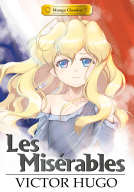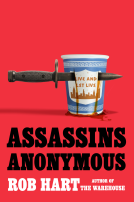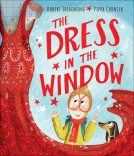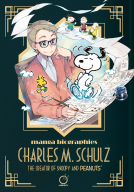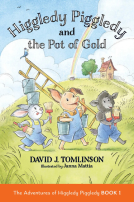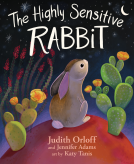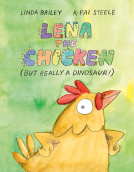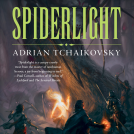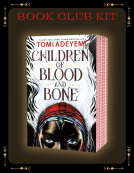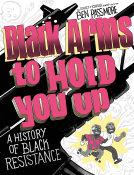
Kafka
A Manga Adaptation
by Nishioka Kyodai
This title was previously available on NetGalley and is now archived.
Send NetGalley books directly to your Kindle or Kindle app
1
To read on a Kindle or Kindle app, please add kindle@netgalley.com as an approved email address to receive files in your Amazon account. Click here for step-by-step instructions.
2
Also find your Kindle email address within your Amazon account, and enter it here.
Pub Date Oct 24 2023 | Archive Date Oct 13 2023
Talking about this book? Use #Kafka #NetGalley. More hashtag tips!
Description
Franz Kafka’s work is given vivid new life in this collection of manga adaptations of 9 of his greatest stories.
With spectacularly detailed, otherworldly illustrations, the brother-and-sister duo known as Nishioka Kyodai create a haunting, claustrophobic visual world for Kafka’s surreal masterpieces.
Features adapted versions of:
- The Metamorphosis
- A Hunger Artist
- In the Penal Colony
- A Country Doctor
- The Concerns of a Patriarch
- The Bucket Rider
- Jackals and Arabs
- A Fratricide
- The Vulture
Among the standouts are "The Metamorphosis" and "A Hunger Artist," which present absorbing moments for their unique art style to offer vivid entry points into Kafka's world and which take the immersion experience to a whole other level.
Available Editions
| EDITION | Other Format |
| ISBN | 9781782279846 |
| PRICE | $19.95 (USD) |
| PAGES | 176 |
Available on NetGalley
Average rating from 88 members
Readers who liked this book also liked:
Yuzuru Kuki
Biographies & Memoirs, Children's Nonfiction, Comics, Graphic Novels, Manga
JUNO
Arts & Photography, Comics, Graphic Novels, Manga, Travel
Judith Orloff; Jennifer Adams
Children's Fiction, Middle Grade, Parenting & Families
We Are Bookish
Sci Fi & Fantasy, Teens & YA
Ben Passmore
Comics, Graphic Novels, Manga, History, Multicultural Interest
